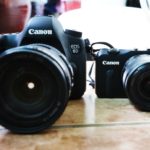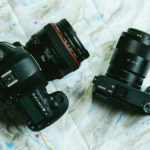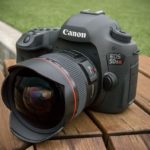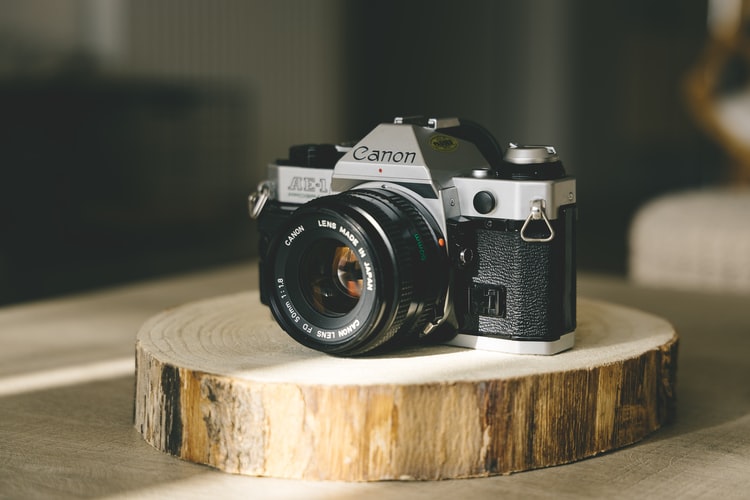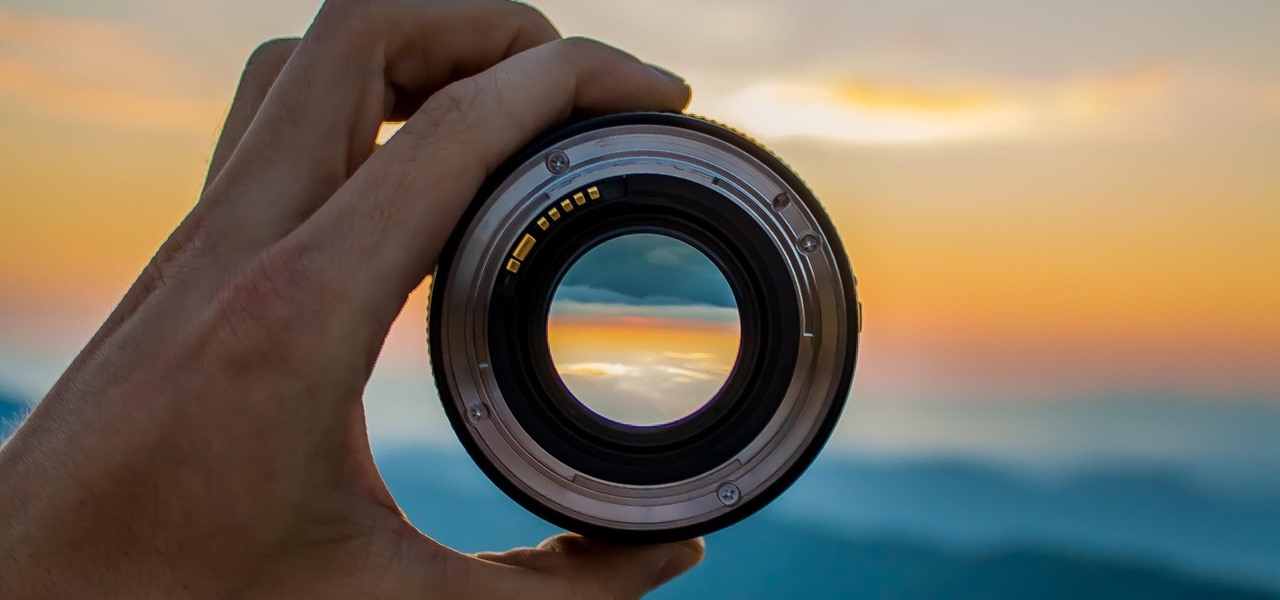What is a SLR camera
Just a couple of centuries ago, a camera was a luxury that only the very wealthy could afford. These days, such a device would not surprise anyone. Moreover, you can capture an important moment in life or a particularly beautiful shot using either a regular smartphone or an ultra-modern “mirror” with many functions.
ZDSLR cameras differ from other models in the presence of a complex system of mirrors and a prism, which forms and directs the resulting image into a special device - the viewfinder.
The content of the article
SLR camera - what does it mean?
The design of the device formed the basis of its name. SLR cameras are called equipment, the functioning of the viewfinder is based on a mirror located at an angle of 45O relative to the axis of the product.
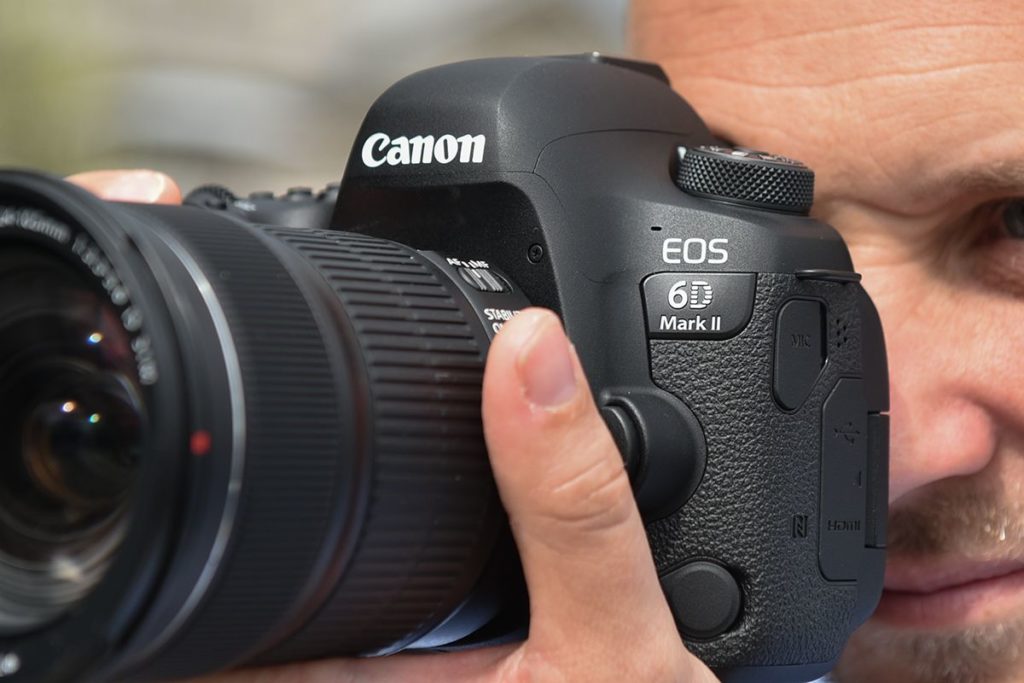
Reference. The device, which is most similar to the models we are familiar with, was born in 1861 in Great Britain. In the time since its invention, technology has come a long way. Today on the market there are devices without the usual photographic film, because it has been replaced by digital technologies and an improved electronic matrix.
Design and operating features of SLR cameras
To ensure that your photos always turn out to be of high quality, you need to have at least a little understanding of how the device works and works.
Main elements of the product:
- Lens. A system consisting of several lenses that are located inside the frame. There are two options: glass and plastic. The second can be found in cheap models. Good glass lenses installed in expensive devices allow you to obtain clear images without blurring or other defects.
- Matrix. The “heart” of the device, which is an analog or digital microcircuit. It is she who converts the optical image into an analog or digital signal.
- Diaphragm. A mechanism located between the lenses of the product. Regulates the light flux that hits the device matrix.
- Viewfinder. With its help, the photographer can evaluate the frame in advance without pressing the shutter.
- Pentaprism. Consists of two mirrors. The system receives the light flux arriving in an inverted state and transforms the frame into its usual form.
- Mirrors. The light flux is divided into two beams. One goes to special sensors, after which the device automatically focuses on the desired object. The second goes to the focusing screen. With its help, the photographer can evaluate the clarity of the image.
- Stabilizer. Prevents blurry frames.
- Gate. Located between the mirror system and the matrix. Adjusts the intensity of the light beam.
- CPU. The “brain” of the gadget. Responsible for basic settings and processes. For example, it controls the flash, interface, contrast, photosensitivity, saves frames, connects the camera with external devices (printer, computer and others).
- Photo flash.Allows you to highlight the objects you are shooting at night or in poor lighting. Typically, standard systems are not very powerful. That’s why professional cameras are equipped with a connector with which you can connect an additional flash.
Reference. The screen in DSLR cameras is only needed for convenient use. Without this part the device will function perfectly.
A small diagram will help you understand how the product works:
- The light beam passes through the diaphragm and hits the glass. After which the flow is divided into two parts.
- The first beam enters the focusing device, the second - to the focusing screen.
- The flow then passes into a pentaprism, which reverses the image.
- The light then enters the viewfinder.
- The processor processes the received information and saves the file on the built-in memory card.
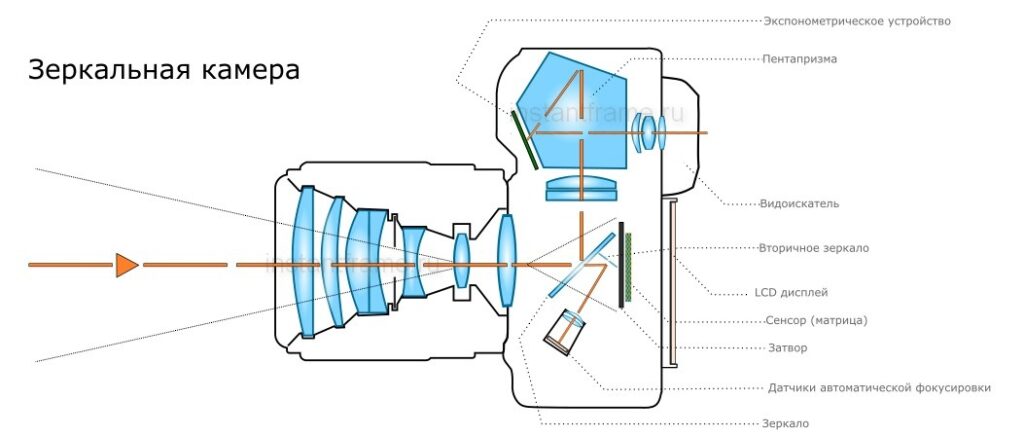
Reference. The most important thing in the photography process is the light that falls on all surrounding objects. It is important to remember: the camera captures the reflected waves, and not the objects themselves. Therefore, the ability to work with the flow of light is the key to high-quality photographs.
Advantages and disadvantages of a DSLR camera
The modern market for photography devices offers various options. These can be DSLR and mirrorless devices. Therefore, before buying a device, you need to study information about its advantages and disadvantages. After all, only knowing about the strengths and weaknesses of the gadget makes it easier to make the right choice.
Advantages of DSLRs:
- The ability to see the image through the lens.In other words, the photographer sees exactly the same thing that the camera “sees,” because the image that falls on the mirror system and matrix is completely duplicated on the viewfinder - the LCD display located on the back of the device.
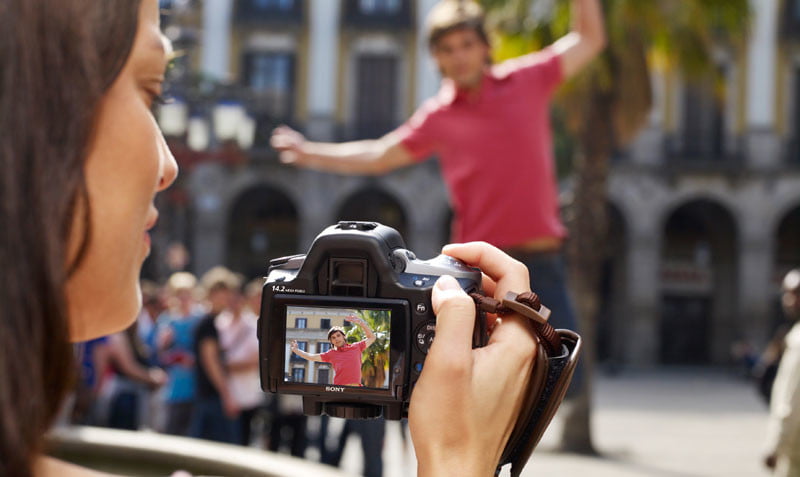
- High quality of the resulting images compared to the usual point-and-shoot camera. Moreover, the final image will be better in all main characteristics.
- Thanks to the presence of a large matrix, there are practically no defects in the frames, which means that a high-quality image can be obtained even in poor photographing conditions.
- Function for adjusting the lens according to the type of shooting. For example, “Landscape”, “Portrait”, “Macro photography” - a large number of additional features increases the likelihood of getting high-quality photos.
- Fast focusing, allowing you to shoot even in blinding mode.
- Almost instantaneous response for continuous and panoramic photography.
- High quality optics.
- A large number of options. Using a DSLR, you can adjust the level of brightness and contrast, blur the background, and shoot in the dark or in low light conditions. Thanks to the various functions, you can feel free to experiment and express yourself creatively.
- Possibility to supplement. If necessary, it is easy to install various lenses, flashes of different powers, special filters, tripods and other lighting equipment on the camera.

Reference. A DSLR camera is a virtually ageless device. By replacing any element, you can get a device equipped with the latest photographic technology.
There are few disadvantages, but they need to be noted:
- The main disadvantage is the cost. Moreover, the price of not only the camera, but also additional equipment “bites”.
- Large dimensions. Such a device cannot be hidden in a lady's clutch. To take your camera with you, you will need a spacious bag or a large backpack.
- A large number of settings and options can be confusing for a beginner. Therefore, you will need to complete at least a minimum preliminary training course.
A DSLR is definitely better than an inexpensive point-and-shoot camera, a digital camera, and the most modern smartphone. The advantages of the device are difficult to dispute! The high cost will meet the expectations of even the most demanding professional: with such a device you can get original photographs of the highest quality.

